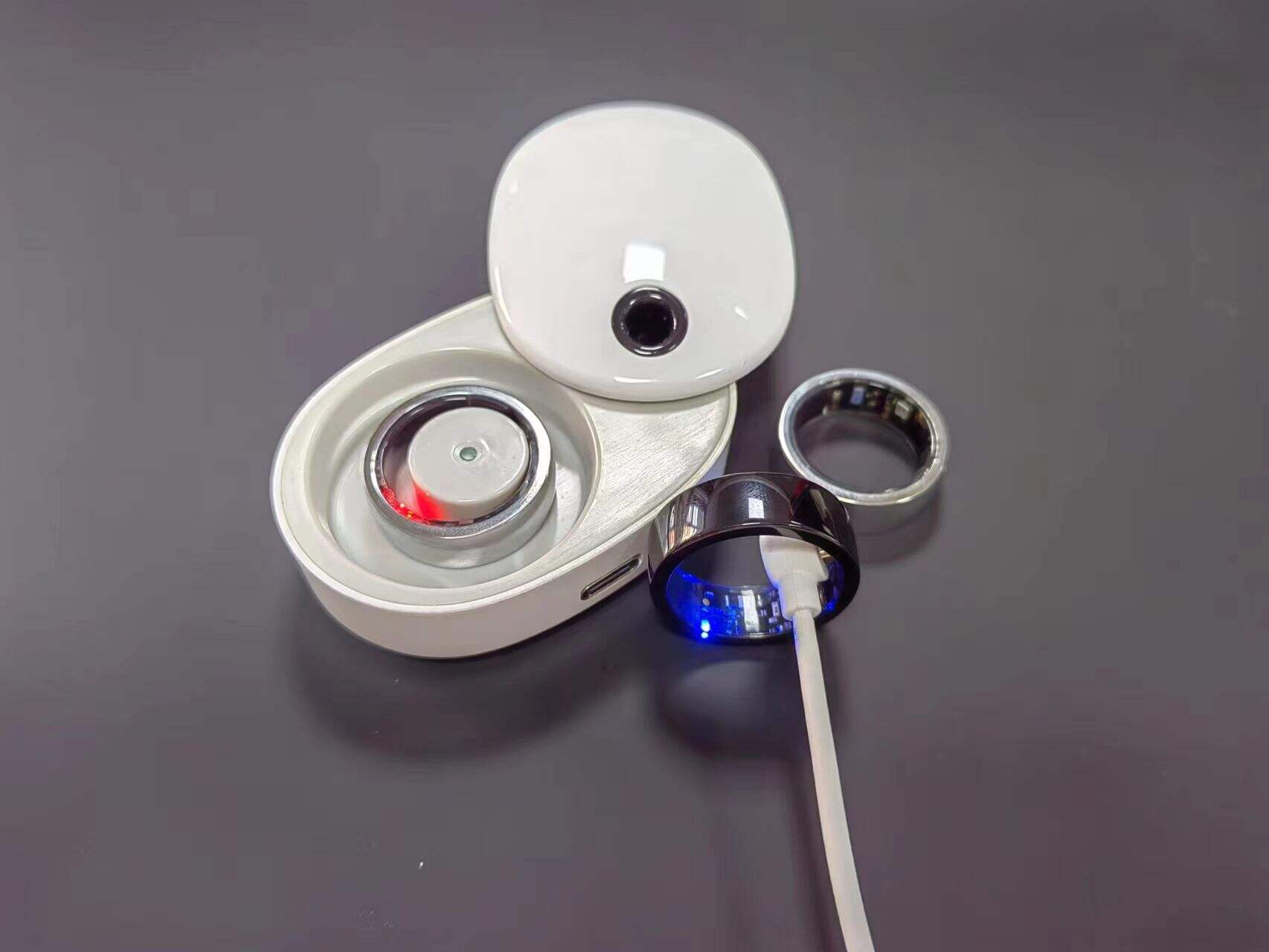Why Is Magnetic Connector Preferred in Medical Devices?
Why Is Magnetic Connector Preferred in Medical Devices?
Enhanced Safety for Patients and Staff
- Reduced Risk of Injury: Traditional connectors require force to plug in or unplug, which can lead to accidental tugs or pulls—especially when patients move or staff hurry. A magnetic connector, however, detaches smoothly when pulled with moderate force, preventing trips, falls, or device damage. For example, in monitors attached to patients during mobility, a magnetic connector will separate gently if the cable gets caught, avoiding patient discomfort or injury.
- Minimized Port Damage: Repeated plugging and unplugging of traditional connectors can wear out device ports, leading to loose connections or electrical failures. Magnetic connectors reduce this wear because they align and connect without physical pressure on ports. This is crucial for expensive medical equipment like ultrasound machines or infusion pumps, where port damage could disrupt care or require costly repairs.
- Safe Disconnection in Emergencies: In emergencies, quick disconnection may be necessary. Magnetic connectors allow for fast, one-handed separation without fumbling with clips or screws, ensuring staff can act swiftly to move patients or adjust devices without compromising safety.
Improved Hygiene and Infection Control
- Easy Cleaning: Traditional connectors have crevices, grooves, or exposed metal parts that trap dirt, bacteria, or bodily fluids, making them hard to clean thoroughly. Magnetic connectors, by contrast, often have smooth, sealed surfaces with fewer gaps. This design allows for easy wiping with disinfectants, alcohol wipes, or cleaning solutions, reducing the risk of cross-contamination between patients or staff.
- Resistance to Moisture and Chemicals: Medical devices are frequently exposed to liquids (like saline, blood, or cleaning agents) that can damage connectors. High-quality magnetic connectors are sealed to resist moisture and chemical corrosion, maintaining functionality even after repeated cleaning. This durability ensures the connector remains reliable in sterile settings like operating rooms or intensive care units (ICUs).
- Reduced Need for Physical Contact: In some cases, magnetic connectors can be designed to connect with minimal physical contact, lowering the chance of transferring germs through touch. This is especially valuable in isolation wards or during outbreaks, where limiting contact is critical for infection control.
Reliable Performance in Critical Applications
- Secure, Stable Connections: Magnetic connectors align automatically when brought near each other, creating a precise, consistent connection every time. This avoids the “partial plug” issues common with traditional connectors, where a loose fit can cause intermittent data loss, power cuts, or device malfunctions. For example, in ECG monitors or pulse oximeters, a stable connection ensures accurate, continuous readings—vital for patient monitoring.
- Shock and Vibration Resistance: Medical devices are often moved, transported, or used in busy environments where vibrations or bumps are common. Magnetic connectors maintain their connection even with minor movements, unlike traditional connectors that can jar loose. This stability is essential for portable devices like defibrillators or mobile ultrasound machines used in emergency situations.
- Consistent Signal Transmission: In devices that transfer sensitive data (like MRI scanners, lab equipment, or telemedicine tools), magnetic connectors ensure reliable signal integrity. They minimize interference or data loss, ensuring accurate results and clear communication between devices and systems.

Ease of Use for Healthcare Professionals
- Quick, One-Handed Connection: Magnetic connectors “click” into place with minimal effort, allowing staff to connect devices quickly—even when wearing gloves or working with one hand free to stabilize a patient. This saves time during emergencies or routine checks, improving workflow efficiency.
- Intuitive Alignment: Unlike traditional connectors that require precise positioning (e.g., matching pins to holes), magnetic connectors align automatically due to their magnetic force. This reduces user error, especially for new staff or in low-light conditions like operating rooms, where fumbling with connectors could delay care.
- Reduced Training Needs: The simplicity of magnetic connectors means less time training staff on how to properly connect or disconnect devices. This is valuable in busy hospitals or clinics where staff turnover is common, ensuring consistent, correct use of equipment.
Versatility and Adaptability in Medical Devices
- Compatibility with Various Devices: They can be integrated into diverse equipment, from small portable devices (like glucose monitors or insulin pumps) to large stationary systems (like dialysis machines or surgical lights). Their compact size also makes them ideal for miniaturized devices, such as wearable health trackers or implantable monitors.
- Customizable Designs: Manufacturers can customize magnetic connectors to meet specific device needs, such as varying sizes, magnetic strength, or pin configurations. This flexibility allows them to fit unique device designs without compromising performance or safety.
- Support for Power and Data Transfer: Many magnetic connectors can transmit both power and data simultaneously, eliminating the need for multiple cables. This simplifies device setup, reduces cable clutter, and lowers the risk of tangling—important in environments like hospital bedsides or operating tables.
Long-Term Durability and Cost Savings
- Reduced Wear and Tear: As mentioned, magnetic connectors minimize port damage, extending the lifespan of expensive medical devices. This reduces the need for frequent repairs or replacements, lowering maintenance costs over time.
- Lower Replacement Rates: Traditional connectors often fail due to bent pins, corrosion, or loose fits, requiring frequent replacement. Magnetic connectors, with their sealed designs and reduced physical stress, last longer, reducing the need for replacement parts and labor.
- Minimized Downtime: Device downtime due to connector issues can disrupt patient care and require emergency repairs. Magnetic connectors’ reliability reduces such interruptions, ensuring devices are available when needed and avoiding the costs associated with delayed care.
FAQ
Are magnetic connectors safe for use in MRI machines?
Can magnetic connectors carry enough power for large medical devices?
Do magnetic connectors increase the risk of accidental disconnection?
How do magnetic connectors affect device sterilization?
Are magnetic connectors more expensive than traditional connectors?
Hot News
-
Challenges for Pogo pin manufacturers in the AI era
2023-12-14
-
Teach you how to understand Pogo pin spline structure
2023-12-14
-
What products can Pogo pin be used in?
2023-12-14
-
How to choose Pogo pin connector
2023-12-14

 EN
EN
 AR
AR
 BG
BG
 HR
HR
 CS
CS
 DA
DA
 NL
NL
 FI
FI
 FR
FR
 DE
DE
 EL
EL
 HI
HI
 IT
IT
 JA
JA
 KO
KO
 PL
PL
 PT
PT
 RU
RU
 ES
ES
 SV
SV
 TL
TL
 IW
IW
 ID
ID
 LV
LV
 SR
SR
 UK
UK
 VI
VI
 GL
GL
 HU
HU
 TH
TH
 TR
TR
 AF
AF
 MS
MS
 SW
SW
 GA
GA
 CY
CY
 IS
IS
 BN
BN
 BS
BS
 NE
NE





